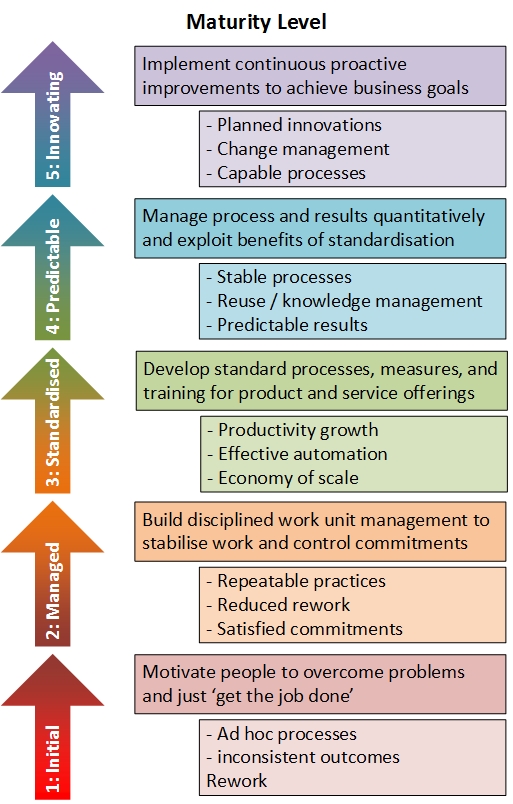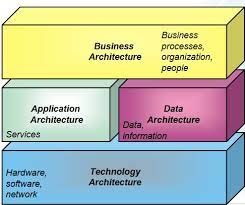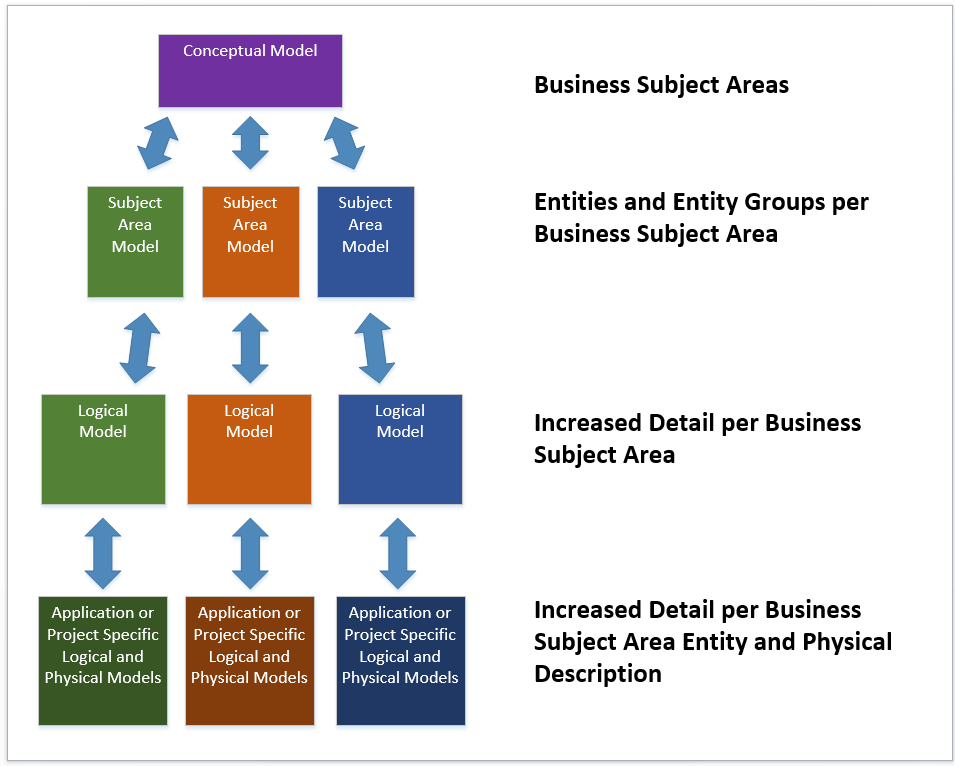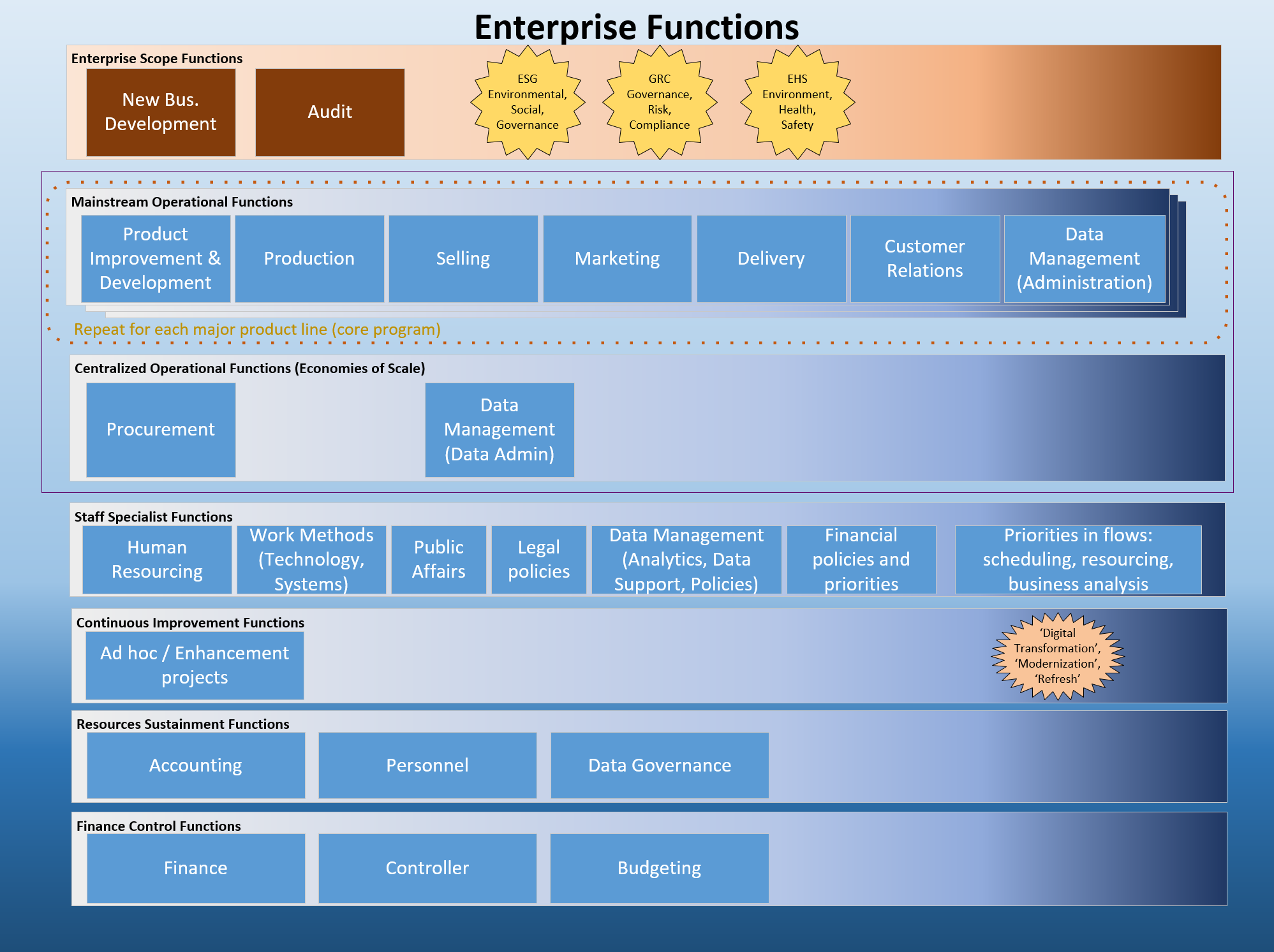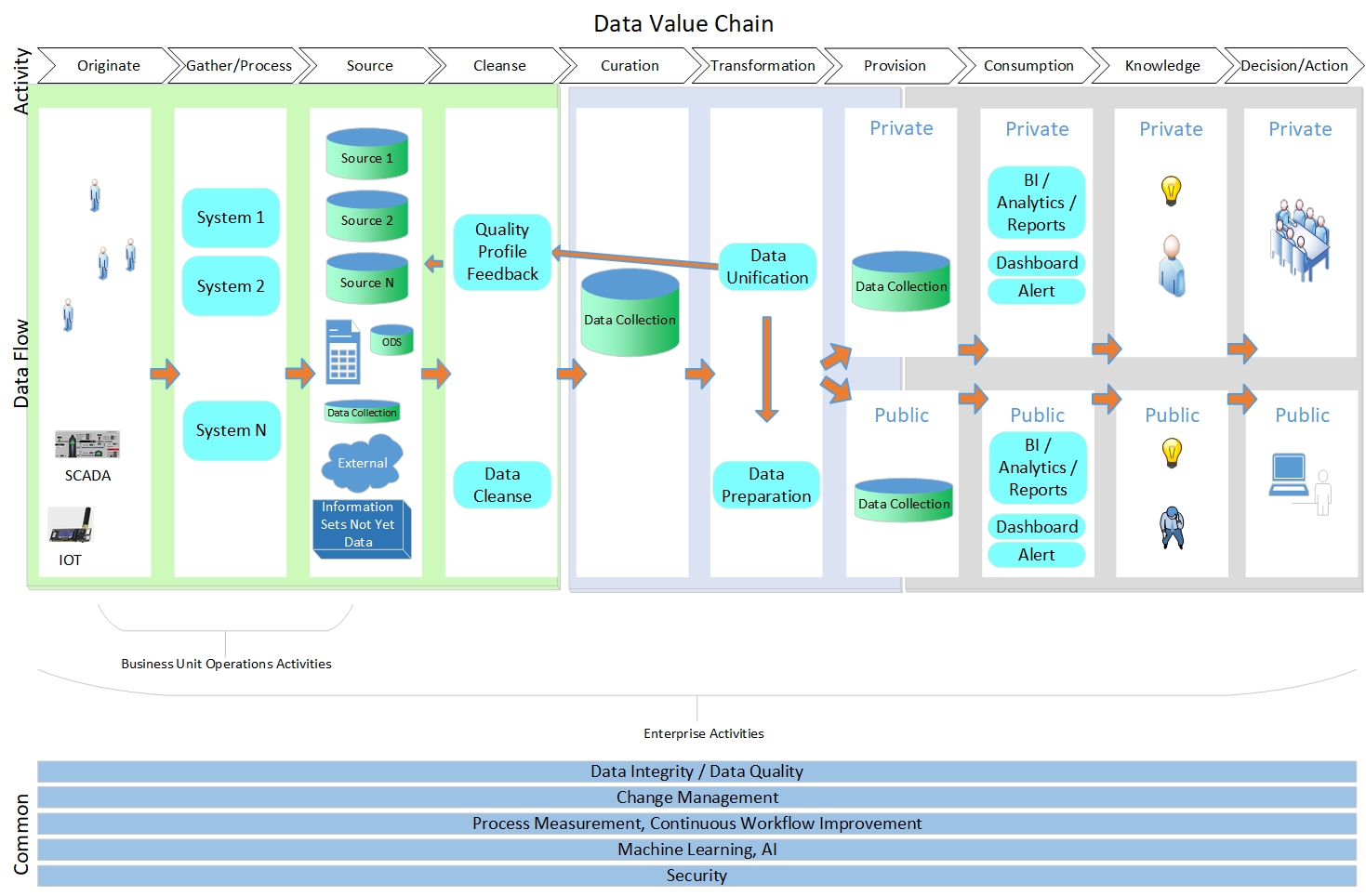Happy New Year 2020
New year, new decade, new challenges, bring it on! Happy new year everyone! The 70’s brought (me) minis and micros, dialup bbs’s, ieee and byte magazine. 80’s brought PC’s, x.25 and serial networks, and timeshare. 90’s brought internet, PDA’s, the power of simulation, HTML, mosaic, Usenet everywhere, ITIL, Y2K, and search engines. 00’s brought SCADA full steam, business decision support software, AWS/hosting, mainstream big data, and blogs. 10’s brought Microservices, mainstream VR and AI, data management/governance, data as a product, digital herd mentality, federal inertia, prideful hypocrisy, 7 red lines, reality backlash, regulatory incompetence, and hyperbolic fake news.



